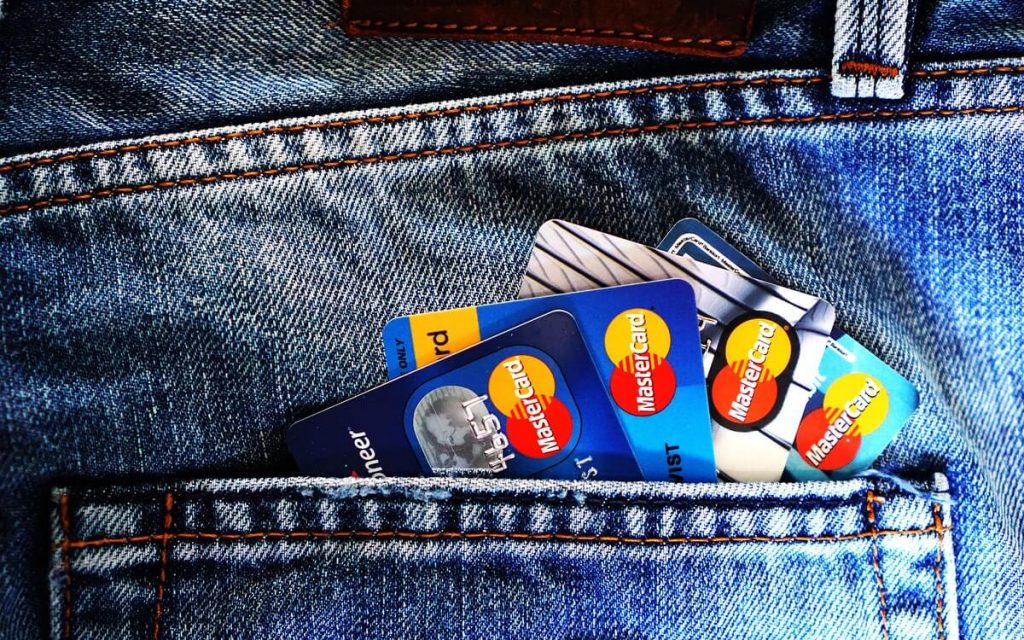
The ever-growing number of retailers and merchants going online has not only given customers greater choice in products and services but also payment options.
From cash, cheque and credit card payments, the payments sector has now grown to include methods such as online payments, EFTs, Bitcoin and digital currencies.
According to The Paypers, Ecommerce Payment Methods Report 2016, the exponential growth of customers shopping across borders has led to the rise of alternative payment methods.
Finding the perfect payment methods strategy for your business has become increasingly complex. It’s no longer about slapping on the simplest solutions.
With more and more customers choosing digital payment options, the traditional methods (although still popular with older generations) are seeing dramatic changes.
Online payments gateway, PayPal has grown to become the third most widely preferred payment option in the US, after Visa and MasterCard. According to PayPal’s research, 32% of millennials prefer to use PayPal. Among that group, 42% prefer using PayPal on their smartphones.
Starting with the basics
As more businesses jump on the online and mobile payments bandwagon, considering what payment methods you will offer is critical.
Yossi Hasson, MD of Techstars Africa, a mentorship-driven startup accelerator, says the basics, however, remain the same – making it as easy as possible for your customers to pay.
Hasson, a passionate entrepreneur and angel investor, who is also an early investor in fintech startup, i-Pay, co-founded SYNAQ, an open-source cloud email security company that was acquired by Dimension Data and awarded Top 20 Tech Start-up in Africa by Forbes Magazine.
In 2015, Yossi co-founded WeThinkCode, Africa’s first tuition-free tech talent incubator.
SME South Africa speaks with Hasson about what is most important for customers when paying for products or services and why being more accessible is the number one consideration for startups.
Where customers gravitate towards
We’re seeing a lot more people using Snapscan and Zapper as mobile payment options. Online, instant EFT companies like i-Pay are gaining a lot of traction for people who prefer not to (or don’t have) credit cards for payments online.
Customers’ most important considerations
Security, convenience and cost.
Firstly, is the method that they are using secure? Does it comply with the necessary worldwide security standards? Then cost. Are there any costs being passed on to the consumer to make use of this payment method?
Convenience: how simple is it to use this form of payment, how well accepted is it and how easy is it for me to trace my payments back once the payment is made?
Finding out what is best for your business and your customers
The simplest strategy is to work with payment aggregators that enable entrepreneurial businesses to accept ALL forms of payments whether that be credit card, instant EFT, mobile money, eBucks, etc. This is the quickest way to get going but in the long term might not be the most cost-effective.
As the company begins to scale, it can start analysing which payment methods are most utilised and then start to integrate directly with those service providers if it provides a cost/benefit advantage.
Pros and cons of having multiple payment methods as opposed to just one
Accepting multiple payment methods reduces the chances of your business not being able to make a sale because you don’t support the clients preferred payment method. Customers often don’t tell you what they want, they simply walk or click away from your competitor. What can accepting eBucks mean for your business? or Bitcoin?
The cons are that accepting multiple payment formats can be technically more complex. Working with a strong aggregator, in the beginning, does simplify this. Companies like YOCO and Peach Payments are great with SME’s and leading the way in this space.
SA vs the world
I think we have come a long way in this regard and have many more payment options that exist than we did say 3 years ago. As a small business (either retail or e-commerce) you can now accept card and other payments affordably.
I’m always surprised when I travel to more developed markets that solutions like Snapscan or Zapper are not ubiquitous, in this regard, we’re leading the way. I’m also surprised when returning from neighbouring African countries that we don’t use mobile money to anywhere near the same extent or it’s full potential in SA. In this regard, we’ve got a lot to do to catch up.













